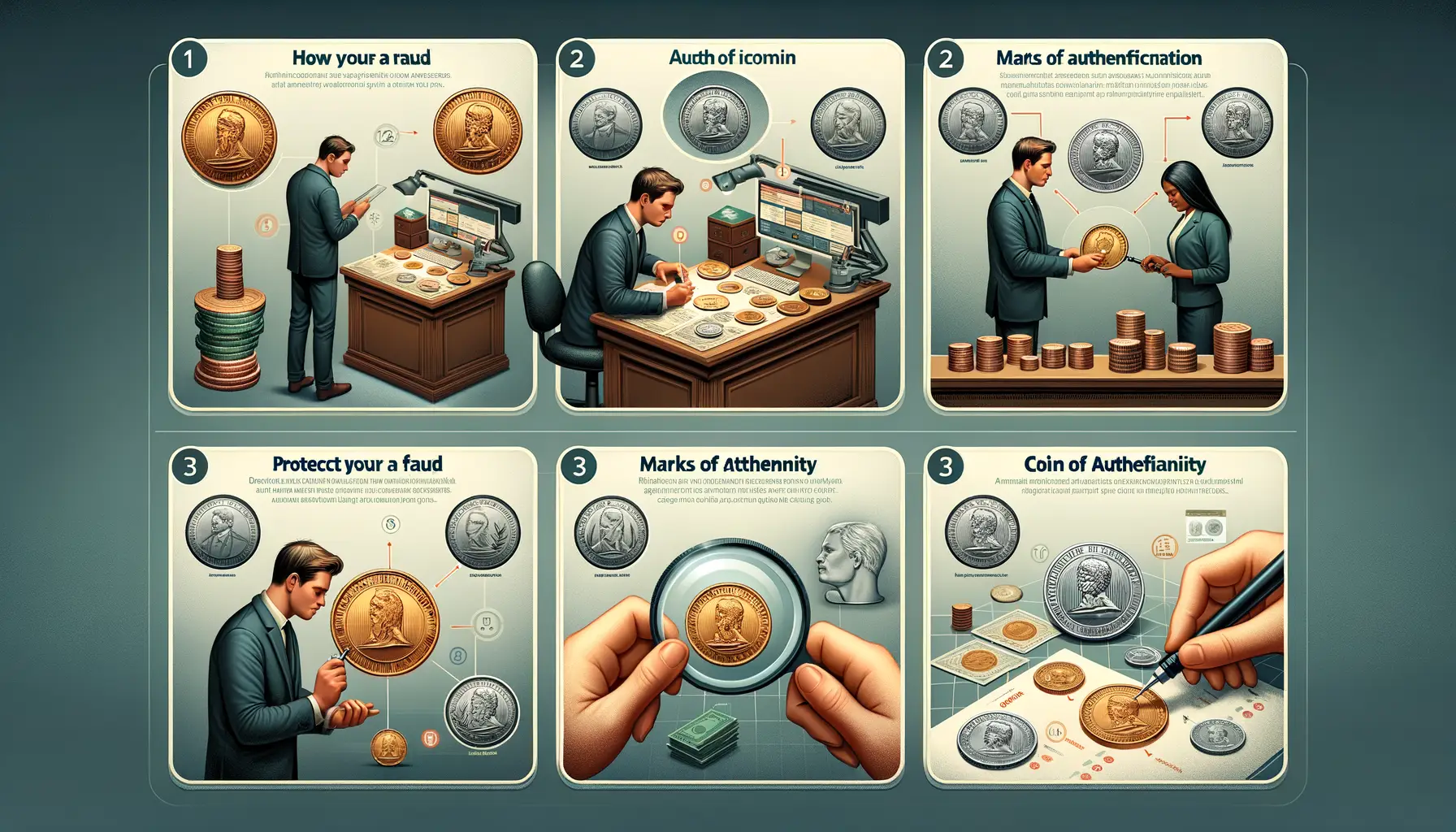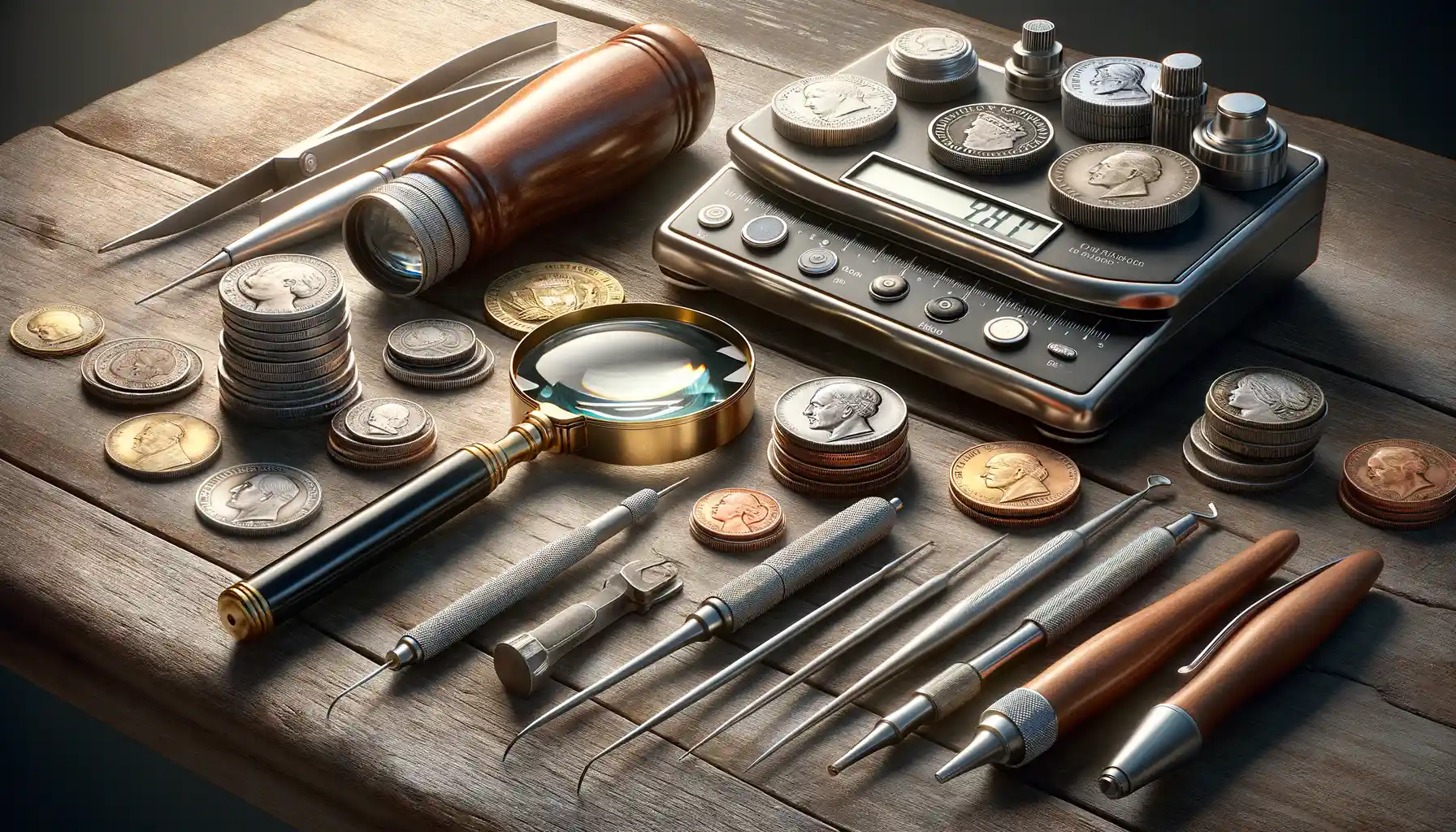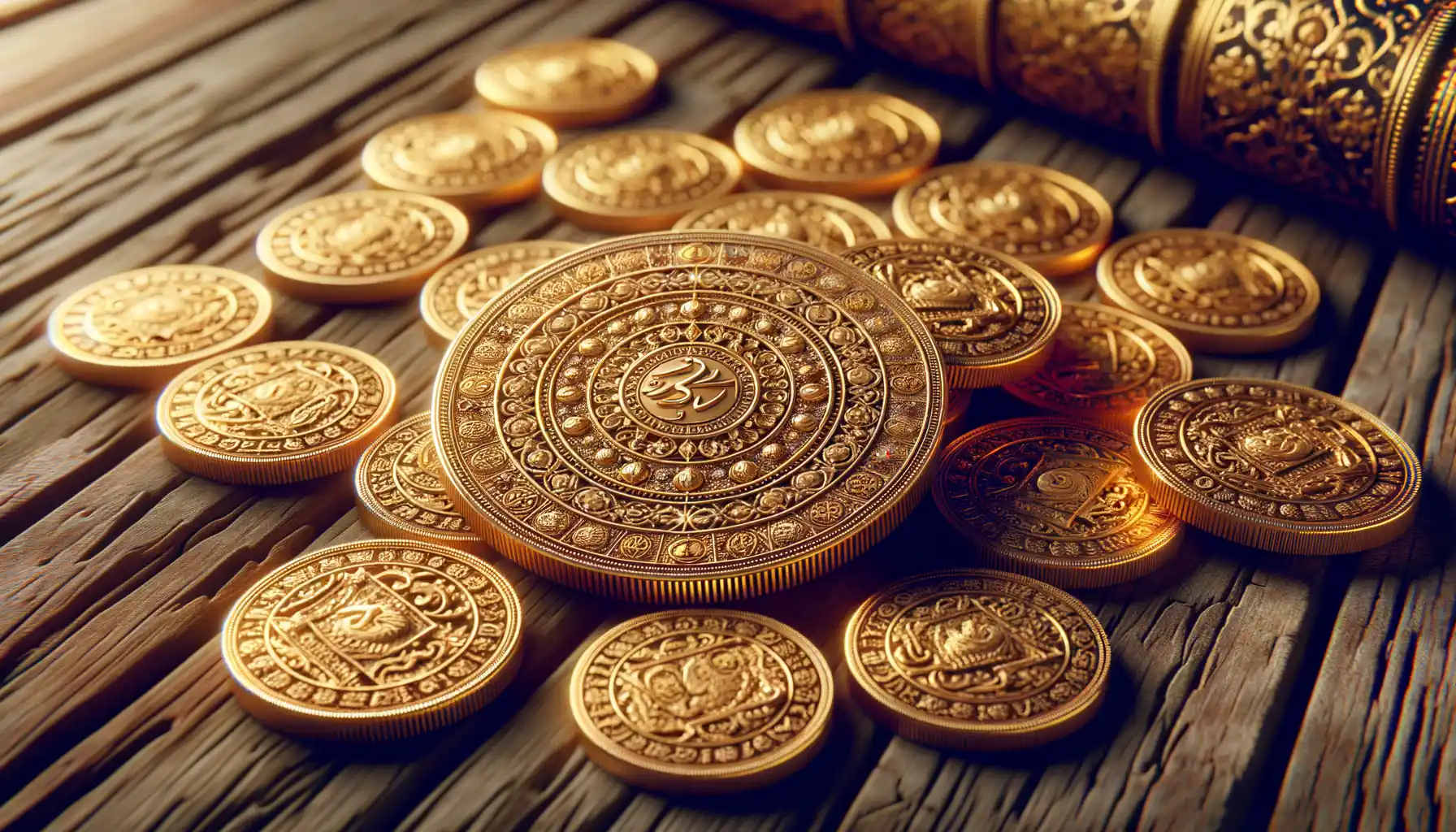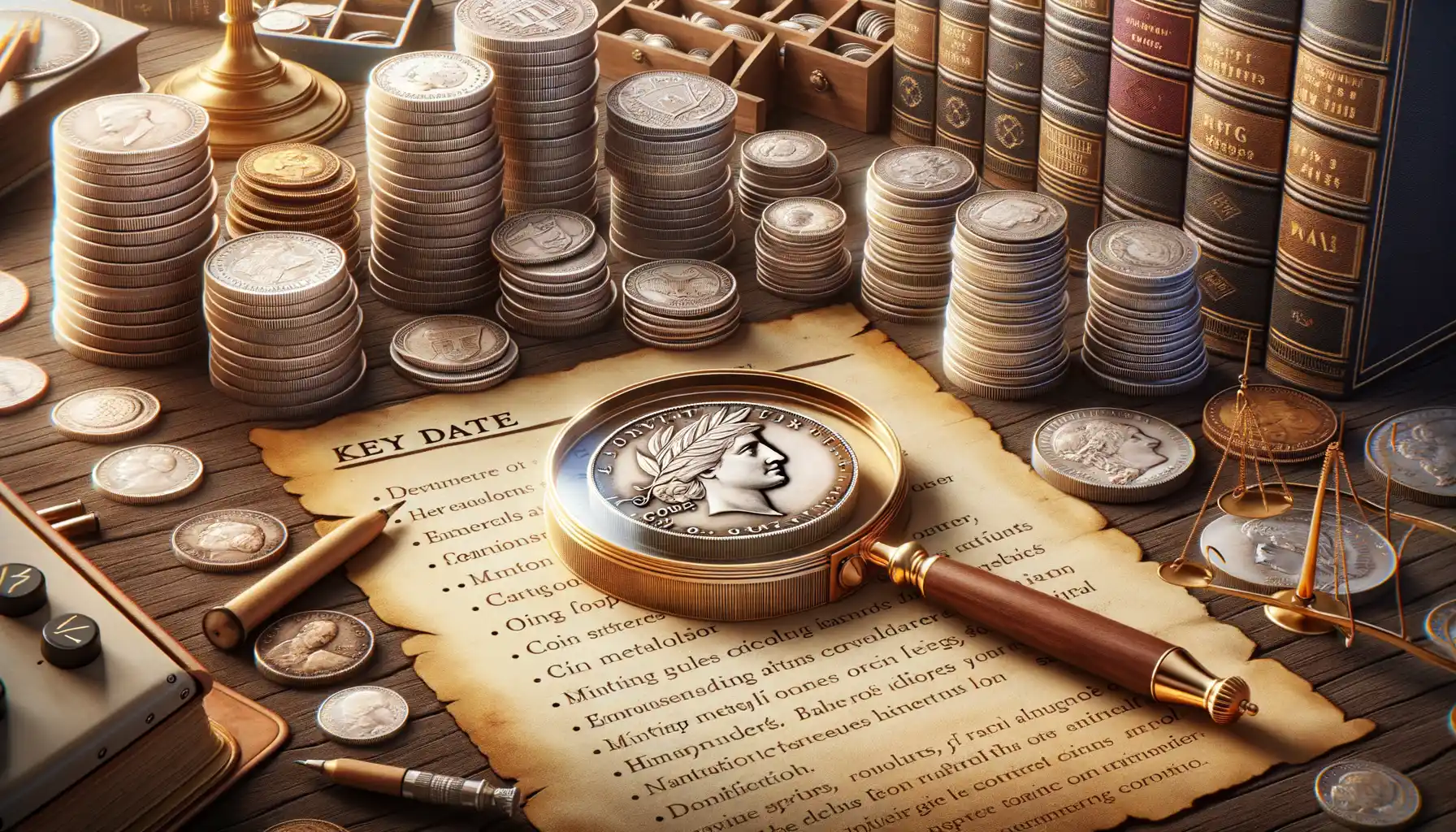Historical Overview of Liberty Seated Half Dimes
How It All Began
The story of the Liberty Seated Half Dimes begins in the mid-19th century, a time when the United States was bursting with ambition, opportunity, and challenges. First minted in 1837, these small yet mighty coins emerged as symbols of a young nation’s determination to create a robust financial system. Picture it: industrialization was in full swing, the westward expansion was reshaping geography—and in pockets across the country, the glimmer of half dimes reflected a growing sense of unity.
These coins weren’t just currency; they were companions of history. They jingled in the pockets of settlers crossing the Rockies and circulated through bustling markets in New York City. Despite their diminutive size, they carried enormous cultural weight. From 1837 to 1873, Liberty Seated Half Dimes adapted, evolving through design changes that reflected shifting societal values.
Milestones in Their Journey
Understanding the evolution of these coins adds depth to their legacy. Here are key moments that shaped them:
- 1837-1840: The earliest editions featured no stars on the obverse, offering a sleek, bold design.
- 1840-1859: Stars were added around Liberty, lending a celestial charm to the coin.
- 1860-1873: The final redesign replaced stars with a bold “United States of America” inscription, signaling a shift toward national identity during Reconstruction.
Each alteration reveals a chapter of American history—a reflection of war, innovation, and growth. These coins may be small, but they carry the weight of decades, shaped by hands that lived through transformation.
Design and Symbolism of the Coins
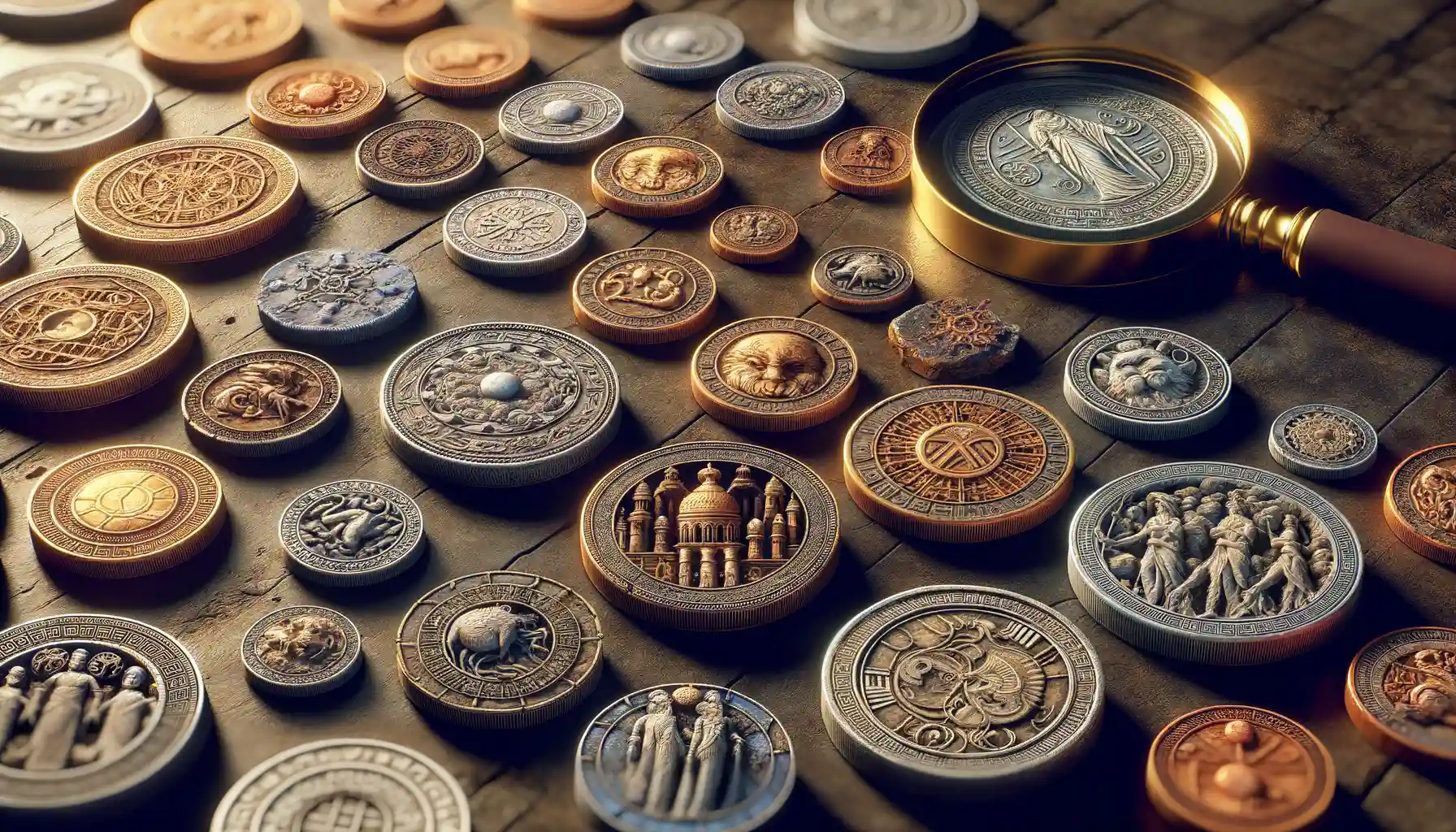
A Story Etched in Every Detail
When you hold a Liberty Seated Half Dime in your hand, you’re not just holding a coin; you’re cradling a piece of 19th-century artistry. The design? It’s nothing short of poetic. Imagine the elegant figure of Lady Liberty, seated with poise and grace, a shield by her side symbolizing protection. She holds a staff topped with a liberty cap—a nod to freedom itself. This isn’t just decoration; it’s a narrative carved into silver, telling the story of a young America striving for identity and hope.
Every line and curve feels deliberate, almost like whispering secrets of the past. Look closely, and you’ll notice stars encircling her—13, to be exact, representing the original colonies. The reverse? Equally stunning! A simple yet bold wreath that cradles the denomination within, tying everything together like the final piece of a masterpiece.
- The stars aren’t just decorative—they mirror the unity of a growing nation.
- The shield at Liberty’s side? It’s a declaration: “We will defend our ideals.”
These coins aren’t just money—each detail is a window into America’s soul.
Key Dates and Variations to Look For
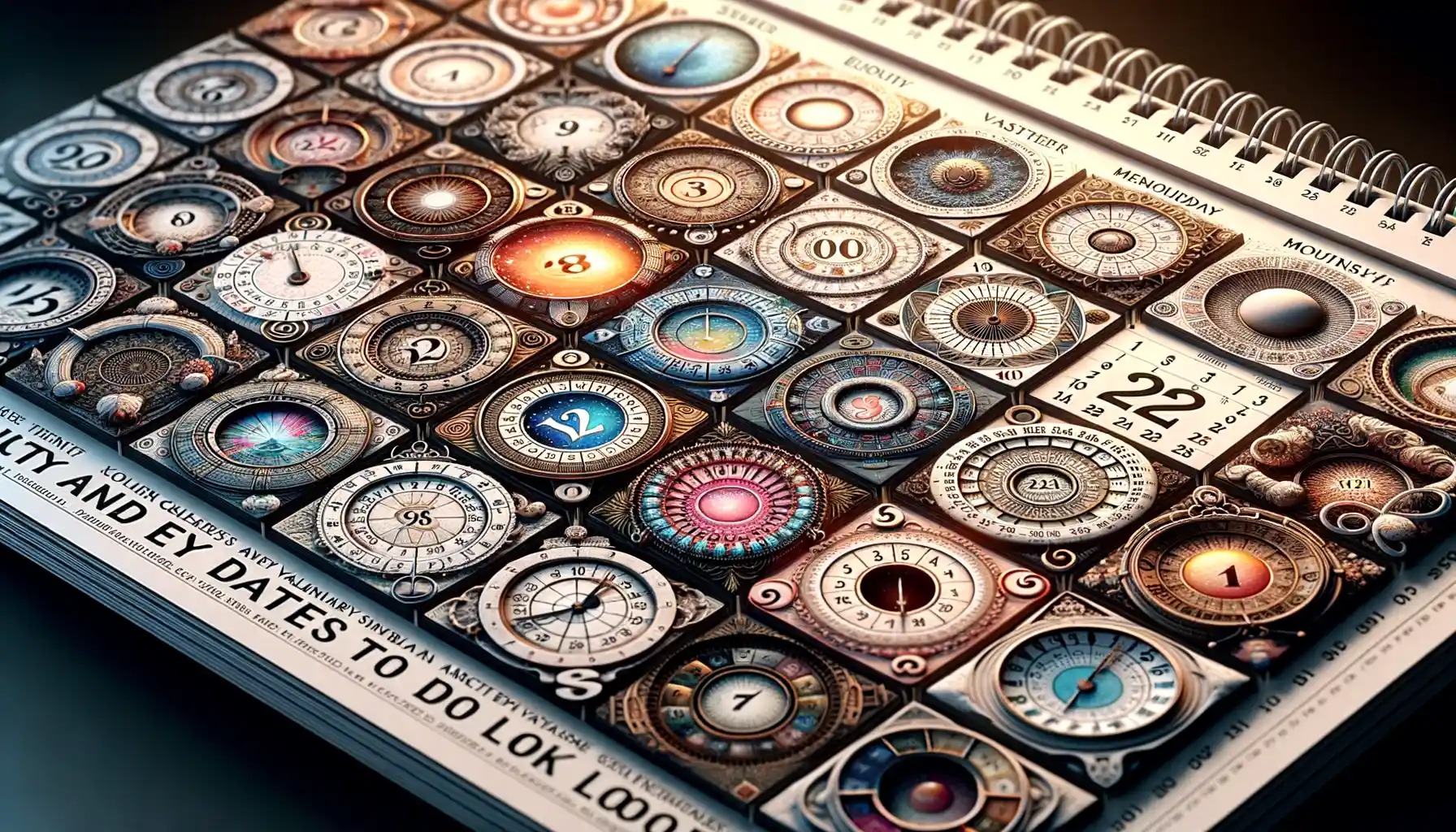
Treasure Hunt: Dates and Designs That Shine
When it comes to Liberty Seated Half Dimes, not all coins are created equal. Some dates and designs stand out like rare gems in a treasure chest, drawing the eye of collectors and historians alike. Take, for example, the **1837 Half Dime**, the first of its kind. This coin, with no stars on the obverse, marks the very beginning of the series — a true cornerstone for any collection.
But wait, there’s more! If you’re looking for elusive finds, the **1870-S Half Dime** is the holy grail. Only one is known to exist (yes, just one), making it a legendary piece that collectors dream of. Another fascinating variation? The **1840 “No Drapery”** design, where Liberty’s arm is depicted without flowing fabric. It’s a subtle difference, but one that gets aficionados buzzing.
- 1853 Arrows at Date: A short-lived design tweak after a silver weight adjustment — blink and you’d miss this edition!
- 1860 Transition Year: Stars disappear, replaced by a minimalist shield. Modern, yet timeless.
Explore these dates with care. Every coin tells a story, but some shout louder than others!
Collecting and Evaluating Liberty Seated Half Dimes

Why These Tiny Treasures Steal Collectors’ Hearts
Imagine holding a piece of America’s past no larger than a modern dime, yet brimming with intricate detail and undeniable charm. That’s the allure of the Liberty Seated Half Dimes. Whether you’re a seasoned numismatist or just starting out, these coins have a way of drawing you in with their rich history and artistic beauty.
Collectors are often enchanted by their delicacy—both in size and craftsmanship. Picture a coin engraved by some of the finest artisans of the 19th century, glinting softly under the light as if whispering its story. They aren’t just “small coins”; they’re small wonders, each one representing a slice of American culture and economy.
If you’re sorting through your finds, here’s what to evaluate:
- Condition: Is Lady Liberty’s gown sharp, or does time’s gentle touch mute her details?
- Date rarity: Some half dimes from the 1840s and 1850s can send collectors’ pulses racing.
- Mint marks: A tiny “O” or “S” can make all the difference in value!
The Secret Language of Half Dimes
As you sift through collections or auctions, you’ll begin decoding their hidden language. Many coins show subtle quirks—a doubled die, a re-punched date, or even small changes in the stars surrounding Lady Liberty. These details aren’t flaws—they’re stories, fingerprints from the minting presses of yesteryear.
Take it from collectors who’ve spent years chasing these gems: learning to “read” the symbols and errors makes holding one of these coins feel like solving an ancient mystery. Each discovery is a moment of connection, a tangible link to the past. And let’s be honest—the thrill of the hunt? Pure magic.
Tips for Investing in Rare Coin Collections
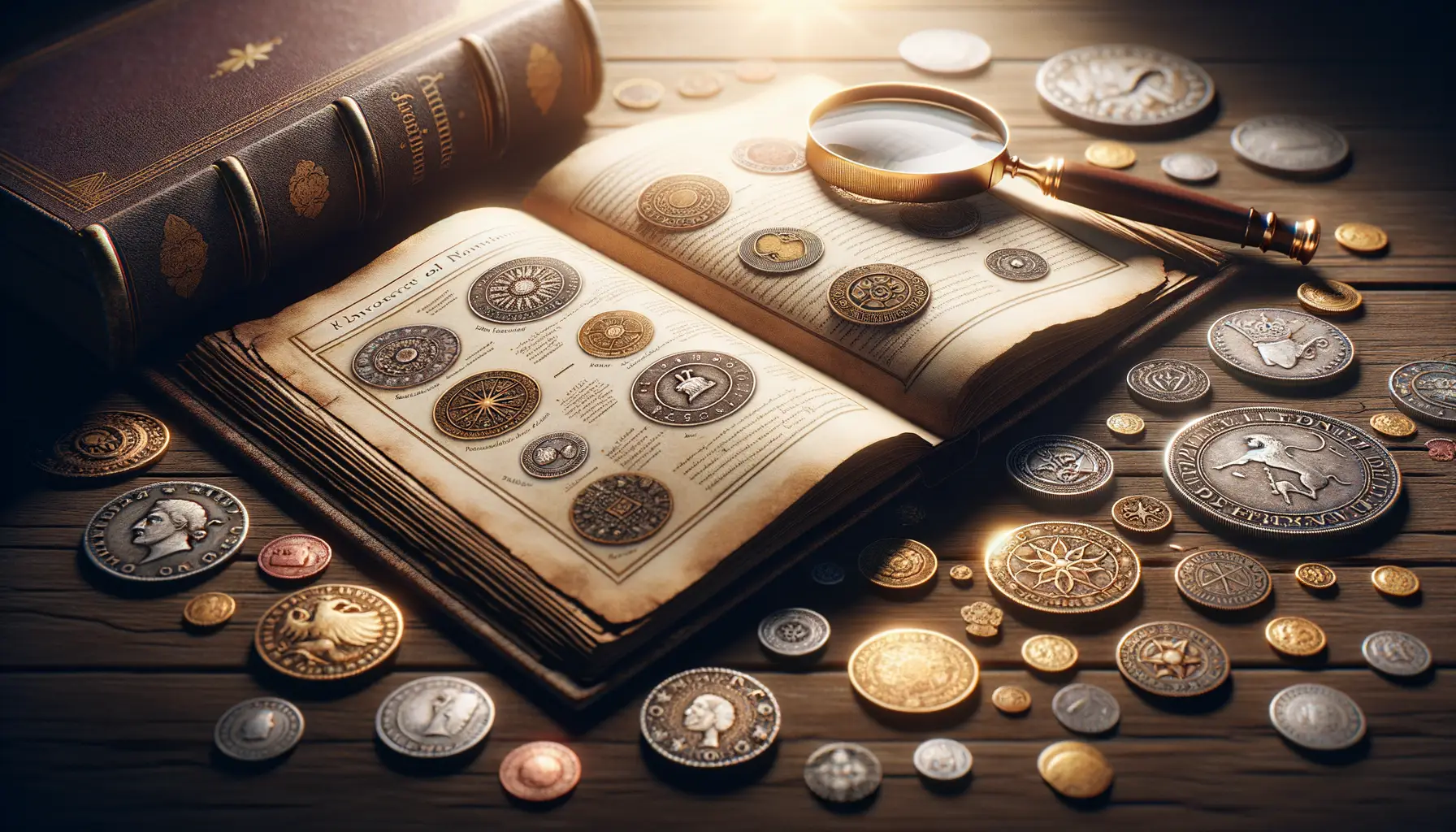
How to Spot Hidden Treasures in Rare Coins
Investing in rare coins like Liberty Seated Half Dimes isn’t just about crunching numbers—it’s a journey into history. But how do you ensure you’re not just buying metal, but a slice of the past with real value? Start by training your eyes and instincts. Look beyond the shine! A coin’s condition—graded as “mint state,” “fine,” or “worn”—can mean the difference between a weekend splurge and a lasting investment.
Consider these tips when diving into the world of rare coins:
- Start small: Begin with affordable pieces, like common dates, to get a feel for pricing and value.
- Research key variations: Some seemingly identical coins may differ slightly in design or mint marks, making one far rarer than the other.
- Stay wary of forgeries: Invest in tools like magnifying lenses, or consult experts to avoid modern replicas designed to fool the unsuspecting.
Building a Collection that Stands the Test of Time
A coin collection isn’t just an asset—it’s a legacy. Aim to buy coins that combine rarity with historical significance. For instance, a 1846 Liberty Seated Half Dime (a tricky year to find) has double appeal: its scarcity and a story etched in silver. Seek dealers who are members of trusted organizations like the Professional Numismatists Guild (PNG). Their reputation is often your best insurance.
And remember, every collector leaves their unique mark. What speaks to your soul—the rarity of dates, error coins, or a particular design nuance? Investing in rare coins is as much about preserving history as it is about embracing your personal connection to it.

